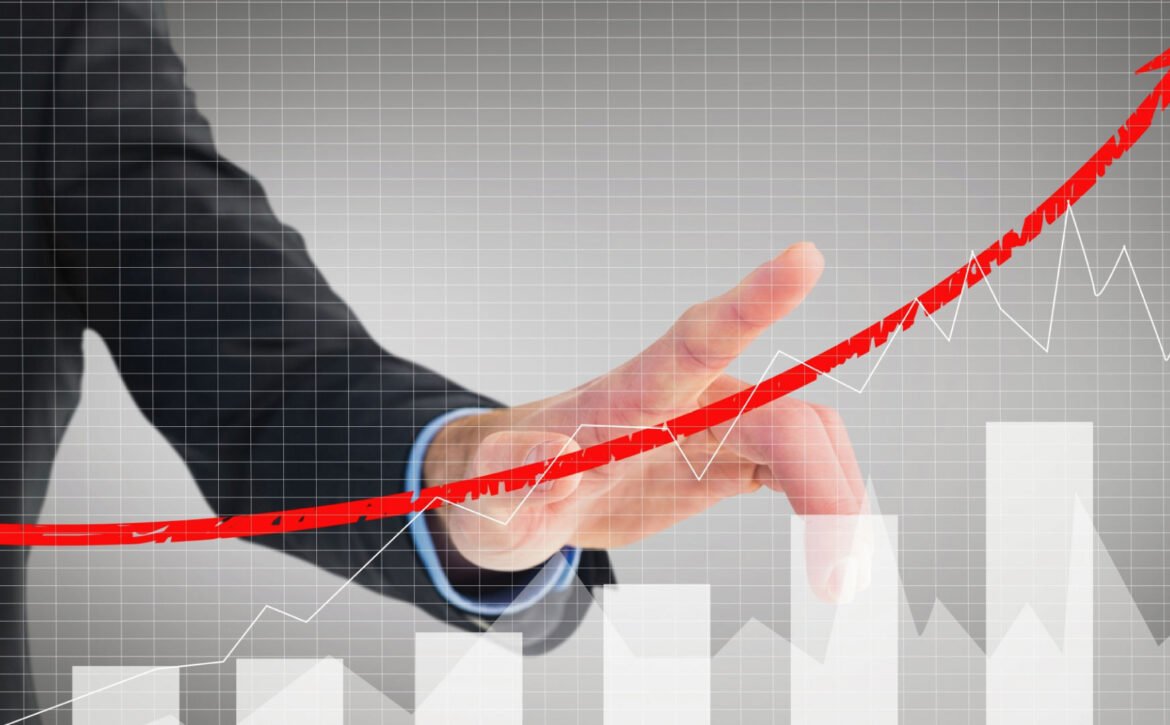Driving Demand and Lead Generation with Video Marketing
Discover how video marketing can drive demand and lead generation in B2B. Learn strategies to enhance engagement, build trust, and measure success for optimal ROI.
Table of Contents
1. Enhanced Engagement and Retention
2. Building Trust and Credibility
3. Strategies for Effective Video Marketing
3.1 Targeted Video Content
3.2 Utilizing Video Across Channels
4. Measuring Success and ROI
4.1 Analytics and Insights
4.2 Attribution and Lead Scoring
Conclusion
Video marketing is one of the more effective promotional strategies for marketers in the modern world who aim to stimulate demand and create leads. Videos are interesting to the viewers while at the same time ensuring that the right information gets passed across due to the motion aspect. This article aims to discuss the potential of video marketing in strengthening demand generation and lead generation in the B2B industry with examples and analysis.
“Power of video in marketing extends more than just mere pleasing visualizations”.
1. Enhanced Engagement and Retention
Video content is always very interesting since it combines both visual and audible effects, unlike simple text. A study by HubSpot revealed that 54% of consumers desire more video content from the companies they engage with. For marketers, this means that video is capable of increasing content consumption and recall rates significantly. A well-produced video can explain a complicated product or service offering in a way that potential customers can better comprehend and retain the information presented.
2. Building Trust and Credibility
Trust significantly influences B2B transactions as compared to B2C transactions because the value at risk is usually high and the decision-making process is longer. Digital stories, success stories, and glimpses of your company and its people can make your brand more relatable and believable. A survey conducted by Wyzowl revealed that 79% of people claimed that they had been persuaded to purchase or download a specific piece of software or app after watching a video.Companies can leverage this by providing case studies and industry specialist interviews, which will go a long way in validating companies’ authority and credibility in the market.
3. Strategies for Effective Video Marketing
3.1 Targeted Video Content
The generation of demand takes on a whole new level when you produce videos specifically for your ideal customer personas. For instance, industry-specific or position-specific explainer videos can focus on key issues that may be exclusive to those sectors or positions and show how your product serves them. According to LinkedIn, 59% of executives are more likely to watch a video than read text if the two are available on the same subject. This means that marketers can enhance the lead nurturing process through the creation of videos that align with various stages in the buyer journey.
3.2 Utilizing Video Across Channels
To amplify audience reach and engagement, videos should be shared on different platforms. This includes your website, your social media pages, your email newsletters, and even your virtual meetings and conferences. As EyeView Digital has reported, placing videos on landing pages can boost conversion rates by up to 80%. LinkedIn and Twitter are the most suitable for video marketing, as these platforms allow targeting and communicating with business-oriented audiences.
4. Measuring Success and ROI
4.1 Analytics and Insights
As with any form of marketing, it is vital to measure its impact and effectiveness in creating demand and generating leads. Metrics like views, audience retention, click-through rate (CTR), and conversion rate are significant as they give an understanding of the performance of the uploaded videos. Analytical platforms such as Google Analytics, Wistia, and Vidyard provide rich analytics options to allow marketers to fine-tune their approach and tailor content for improved engagement.
4.2 Attribution and Lead Scoring
Connecting video marketing with your CRM and marketing automation tools can help give a better understanding of how the video content supports the lead generation and sales process. Video interactions can be monitored and allocated to certain leads, which improves marketers’ lead scoring models. This makes it easier to identify and rank better-quality leads to target and guarantees that the salespeople are chasing after the most promising leads.
Conclusion
Video marketing is an essential part of any demand generation and lead generation efforts for marketers. Therefore, as a tool that directly communicates, educates, and fosters trust in the intricate buying process, it cannot be overemphasized. Through the right approach to producing and distributing high-quality, niche-specific videos, businesses can build demand, generate leads, and advance business goals. The idea is that video marketing is not simply an option but rather a mandate for marketers who want to remain relevant in the current landscape.
Visit Our SalesMarkBlog Section to Uncover the Sales Strategies That Ignite Your Sales Journey!



